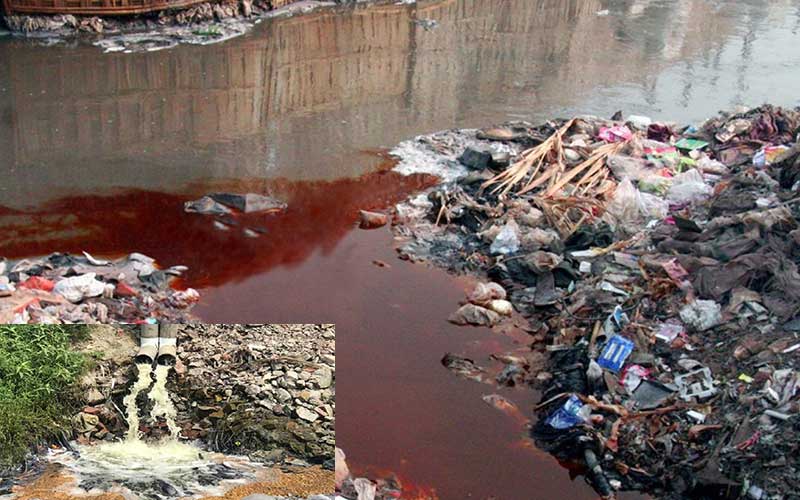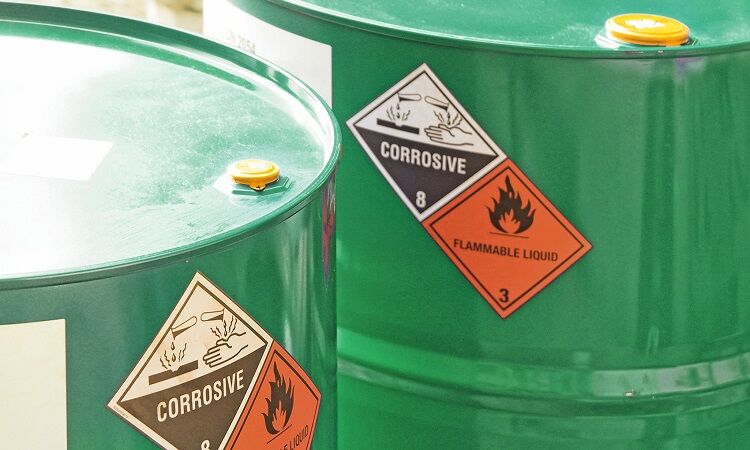Top Liquid Waste Disposal Melbourne: Trusted Services for Proper Waste Management
Top Liquid Waste Disposal Melbourne: Trusted Services for Proper Waste Management
Blog Article
How Fluid Garbage Disposal Works: A Comprehensive Overview of Techniques and Technologies Employed

Overview of Liquid Waste Types
The complexity of fluid waste kinds requires a complete understanding of their characteristics and ramifications for disposal. Liquid waste can broadly be categorized into a number of kinds, including industrial, municipal, agricultural, and harmful waste. Each group exhibits distinctive residential properties, requiring particular management approaches to mitigate ecological and wellness risks.
Industrial liquid waste stems from producing procedures and typically has a series of pollutants, such as heavy steels, solvents, and organic substances. Municipal fluid waste, primarily consisting of wastewater from families and industrial establishments, includes organic matter, nutrients, and virus (industrial wastewater treatment). Agricultural fluid waste, including runoff from farms, may contain plant foods, chemicals, and pet waste, presenting dangers to water quality and ecological communities
Dangerous liquid waste is characterized by its poisoning, reactivity, or possible to cause injury. This category consists of materials like acids, bases, and specific chemicals that require rigorous handling and disposal procedures. Understanding these diverse fluid waste types is critical for developing efficient disposal approaches and making sure conformity with environmental policies. Appropriate classification and characterization are crucial for carrying out proper therapy strategies and minimizing the damaging effects on public health and the atmosphere.
Physical Therapy Techniques

Testing is the preliminary action, where larger bits and debris are removed from the liquid waste utilizing screens or grates. This process shields downstream devices from damage and guarantees smoother procedure. Adhering to testing, sedimentation makes use of gravitational force to separate solids from fluids. In sedimentation tanks, larger particles clear up at the base, creating a sludge layer, while the made clear liquid can be more dealt with.
Filtration is another important method that involves passing the fluid through porous products, such as sand or membrane layers, to capture smaller bits. This step enhances the high quality of the fluid, making it suitable for subsequent treatment procedures.

Chemical Treatment Techniques
Chemical therapy methods are necessary for successfully taking care of fluid waste, especially in addressing liquified and colloidal pollutants that physical techniques might not effectively eliminate. These strategies utilize various chemical representatives to reduce the effects of, precipitate, or change hazardous materials right into much less damaging types.
One usual approach is coagulation and flocculation, where chemicals such as alum or ferric chloride are added to advertise the gathering of suspended bits. This process boosts sedimentation, enabling much easier removal of the resulting sludge. In addition, oxidation procedures, using agents like chlorine or ozone, are employed to damage down intricate organic substances and pathogens, making the waste safer for discharge or additional treatment.
Neutralization is another crucial strategy, which changes the pH of acidic or alkaline waste streams to neutral degrees, stopping prospective injury to downstream systems and the environment. In addition, advanced oxidation processes (AOPs) make use of mixes of oxidants and ultraviolet light to weaken persistent pollutants, attaining a greater level of therapy efficiency.
Biological Therapy Processes
Biological therapy procedures play an important role in the management of fluid waste by utilizing bacteria to break down raw material and reduce pollutant degrees. These procedures can be extensively classified right into cardiovascular and anaerobic treatments, each using details microbial neighborhoods to achieve efficient waste destruction.
Cardiovascular therapy includes the use of oxygen to assist in the breakdown of organic products by germs. This process is commonly applied in turned on sludge systems, where aeration tanks offer a helpful atmosphere for microbial development, resulting in the oxidation of organic contaminants. The resultant biomass can be divided from treated effluent through sedimentation.
In comparison, anaerobic treatment occurs in the absence of oxygen, counting on various microorganisms to break down raw material. This approach is specifically beneficial for high-strength waste, as it creates biogas, a renewable resource resource, while reducing sludge manufacturing. Technologies such as anaerobic digesters look at more info are often employed in commercial and local applications.
Both aerobic and anaerobic biological treatments not just lessen the ecological impact of fluid waste yet also promote source recovery, making them essential parts of lasting waste management strategies. Their efficiency, versatility, and efficiency sustain their widespread execution across various fields.
Emerging Technologies in Disposal
Innovative strategies to liquid waste disposal are quickly developing, driven by innovations in innovation and a raising emphasis on sustainability. Amongst these arising technologies, membrane layer bioreactors (MBRs) have actually gained grip for their capacity to combine biological therapy with membrane filtration, resulting in high-quality effluent that can be recycled in numerous applications. MBRs make it possible for smaller sized footprints and much more efficient my link procedures compared to typical systems.
Another encouraging advancement is making use of anaerobic food digestion integrated with nutrient recuperation modern technologies, which not just treats fluid waste however also produces biogas and recovers beneficial nutrients like nitrogen and phosphorus. This dual advantage improves source effectiveness and lowers ecological impact.
In addition, progressed oxidation processes (AOPs) are being adopted for the degradation of intricate organic contaminants. These approaches use effective oxidants and stimulants to damage down impurities at the molecular degree, offering a highly reliable remedy for tough waste streams.
Additionally, the integration of artificial intelligence and artificial intelligence in waste administration systems is enhancing operational efficiency and anticipating maintenance, causing reduced expenses and improved environmental compliance. These technologies mirror a considerable shift towards even more sustainable and effective fluid waste disposal practices.
Conclusion
Finally, efficient fluid waste disposal demands a thorough understanding of various techniques and innovations. The integration of physical, chemical, and organic therapy techniques ensures the effective management of varied waste kinds. Additionally, the appearance of ingenious modern technologies enhances therapy efficacy and advertises sustainability in waste monitoring methods. By continually advancing these methods, it comes to be possible to attend to the expanding challenges connected with fluid waste, ultimately adding to ecological protection and resource recuperation.
Liquid waste disposal is a crucial element of environmental administration, calling for a thorough understanding of numerous techniques and technologies tailored to different waste types. Liquid waste can extensively be classified right into a number of his explanation kinds, consisting of industrial, local, agricultural, and unsafe waste. Agricultural fluid waste, consisting of drainage from ranches, might consist of fertilizers, chemicals, and animal waste, presenting dangers to water high quality and environments.
Different physical treatment techniques play an important function in handling liquid waste effectively - industrial wastewater treatment.In verdict, efficient fluid waste disposal requires an extensive understanding of various techniques and modern technologies
Report this page